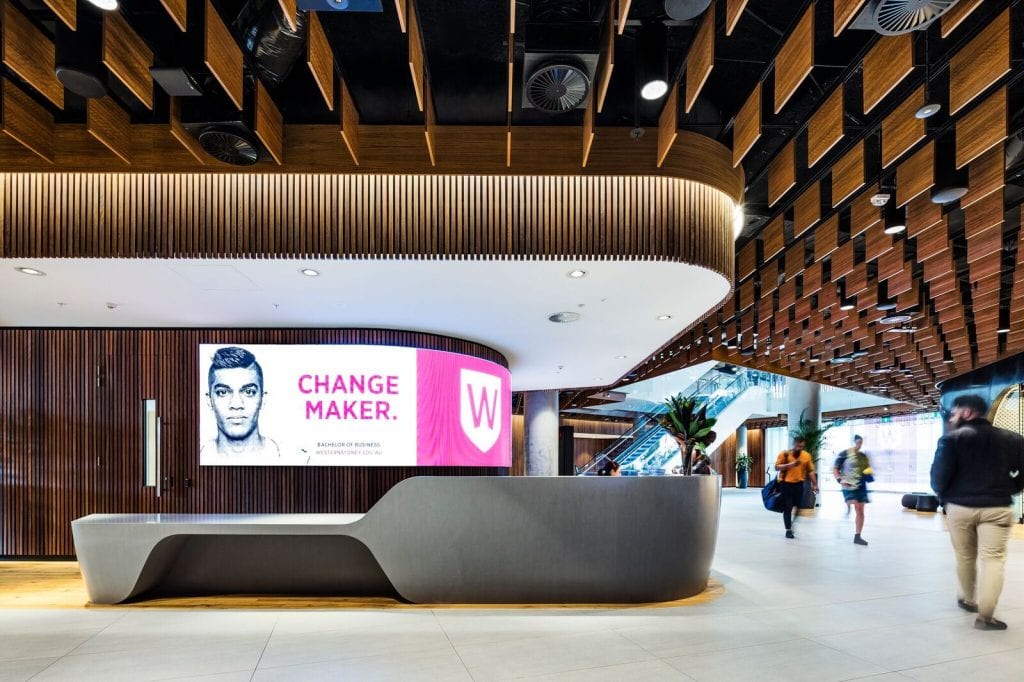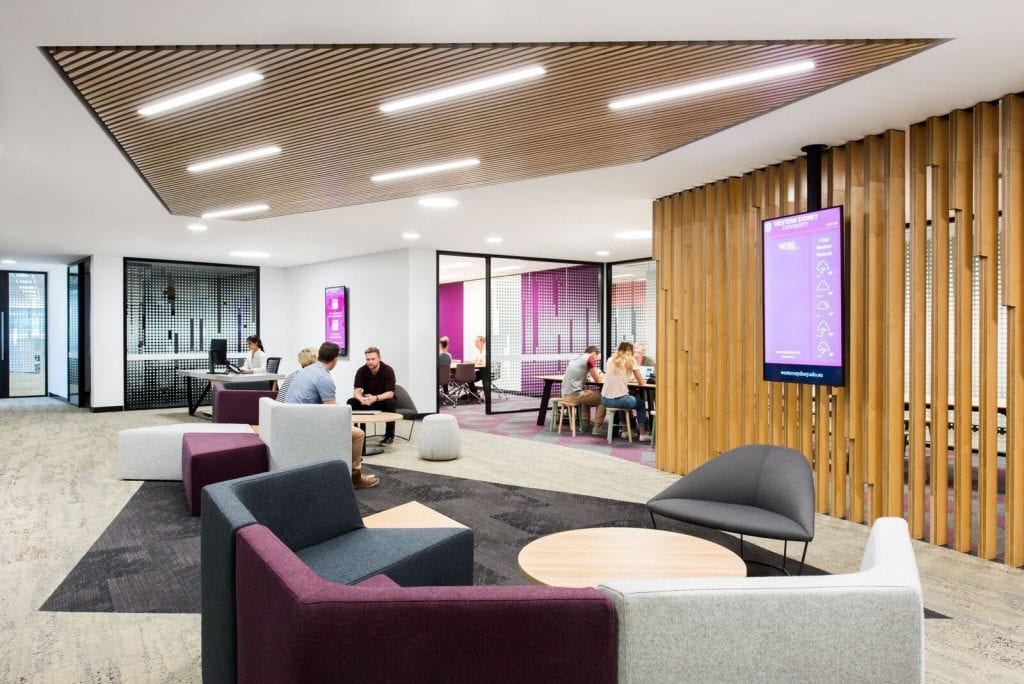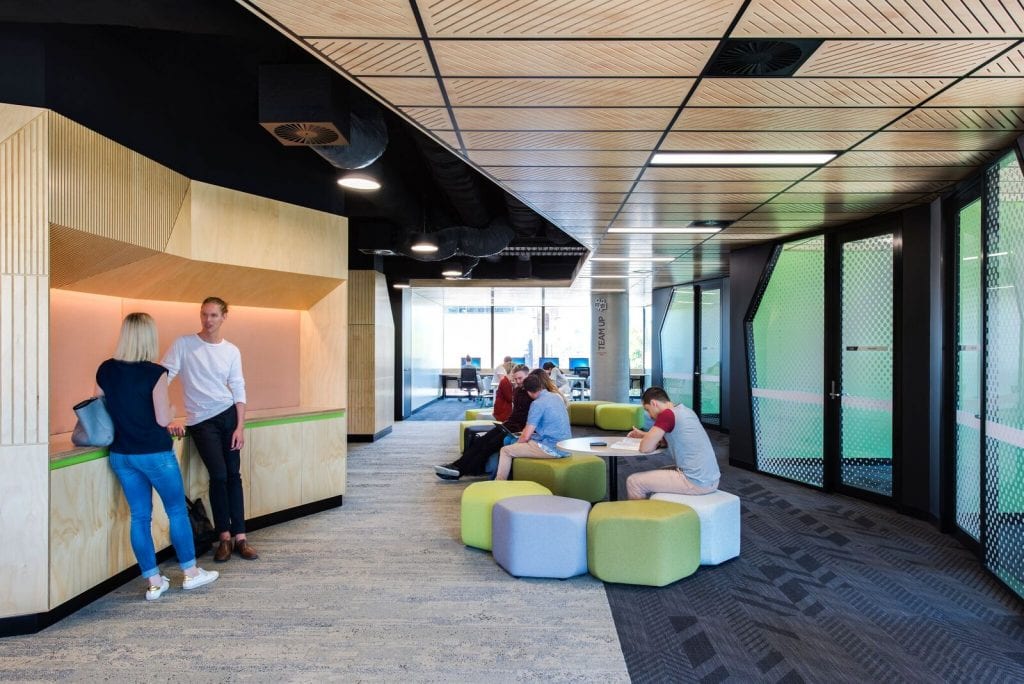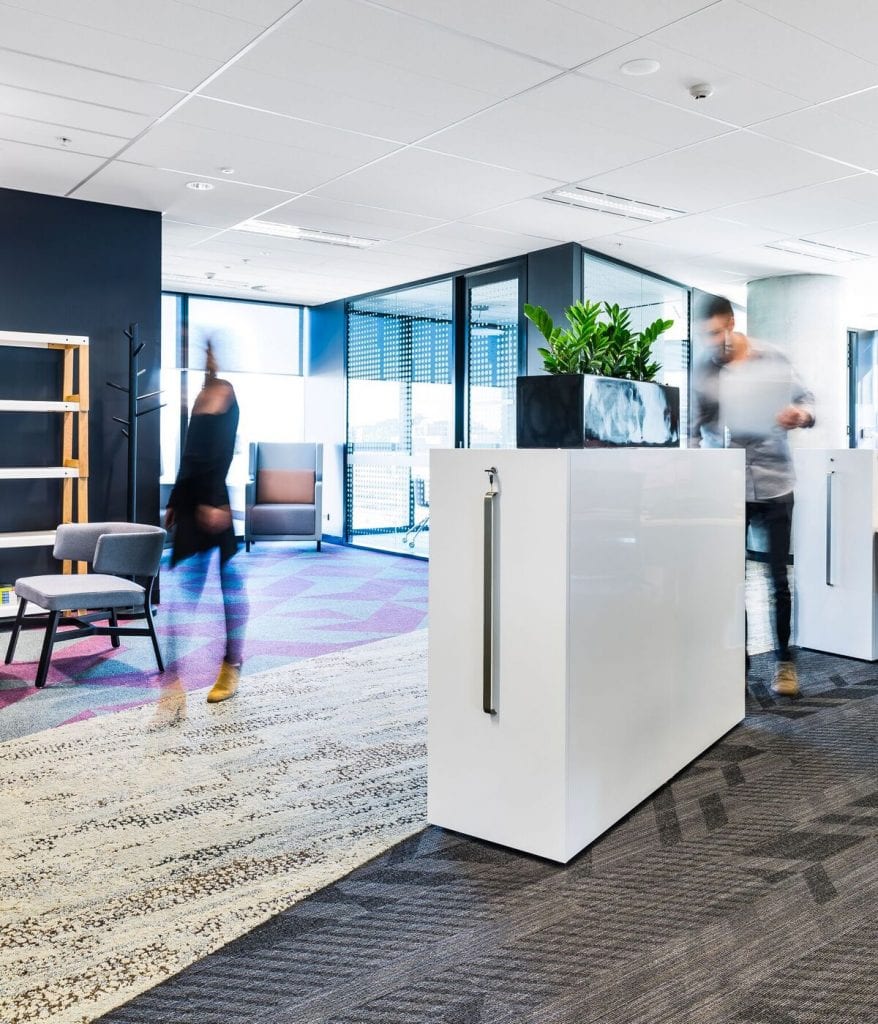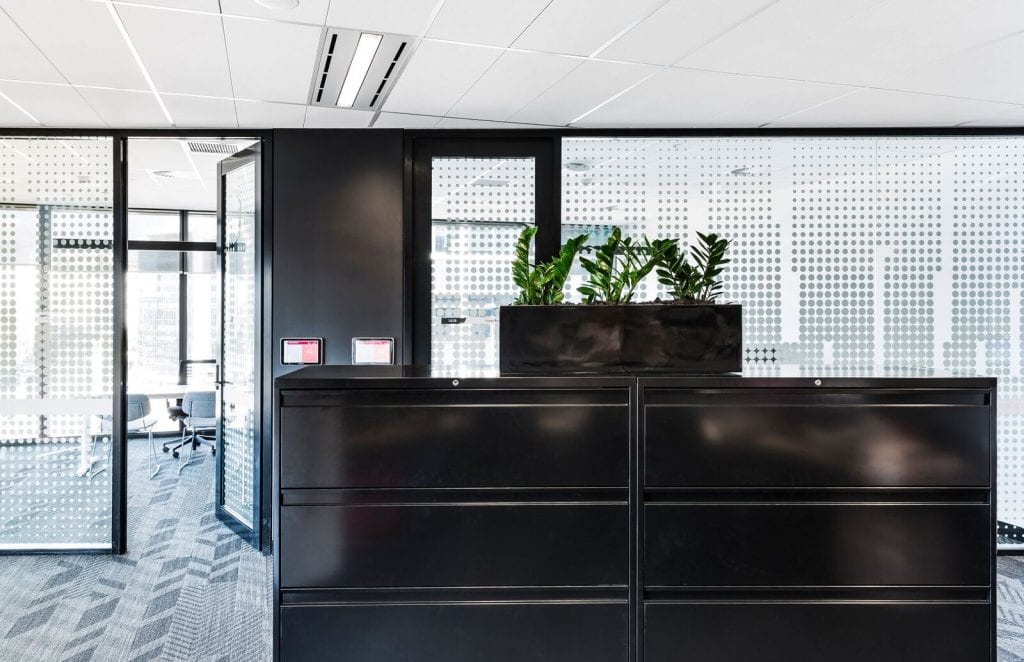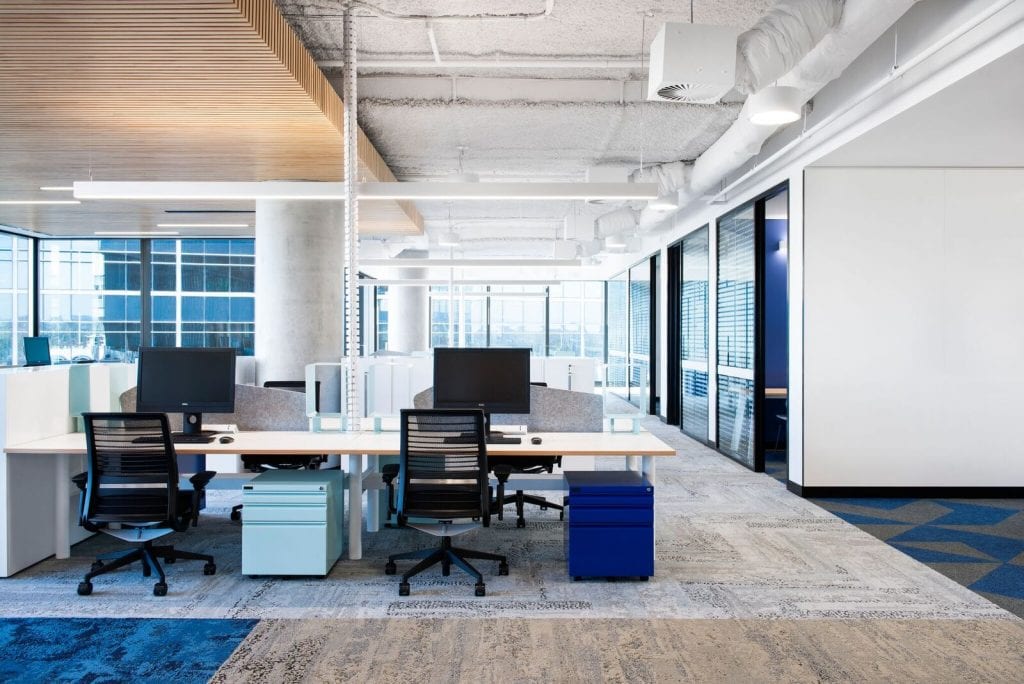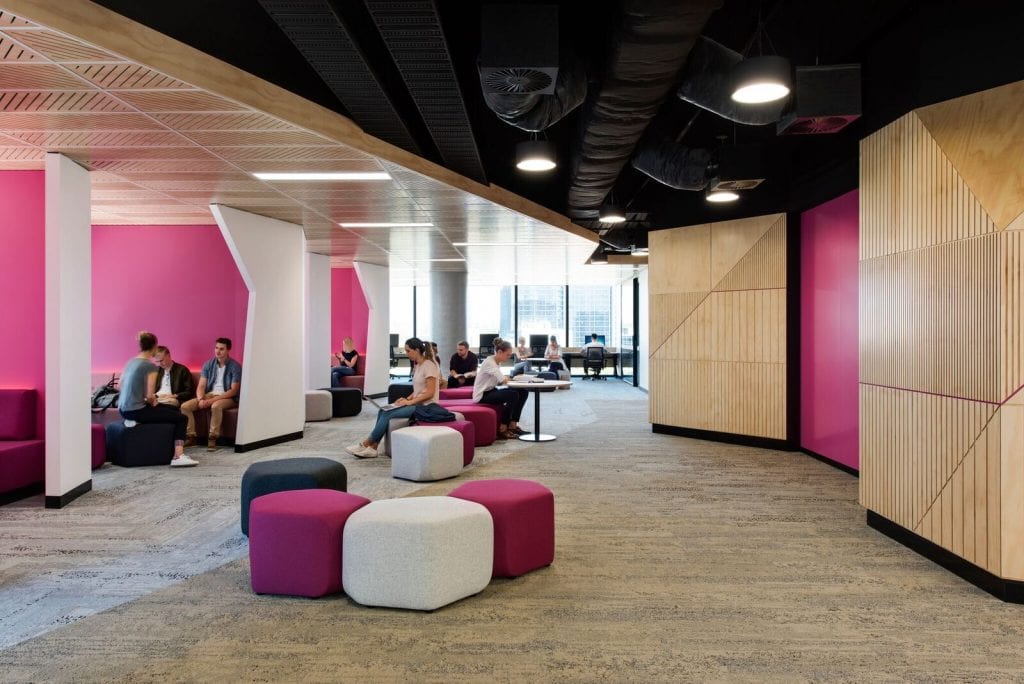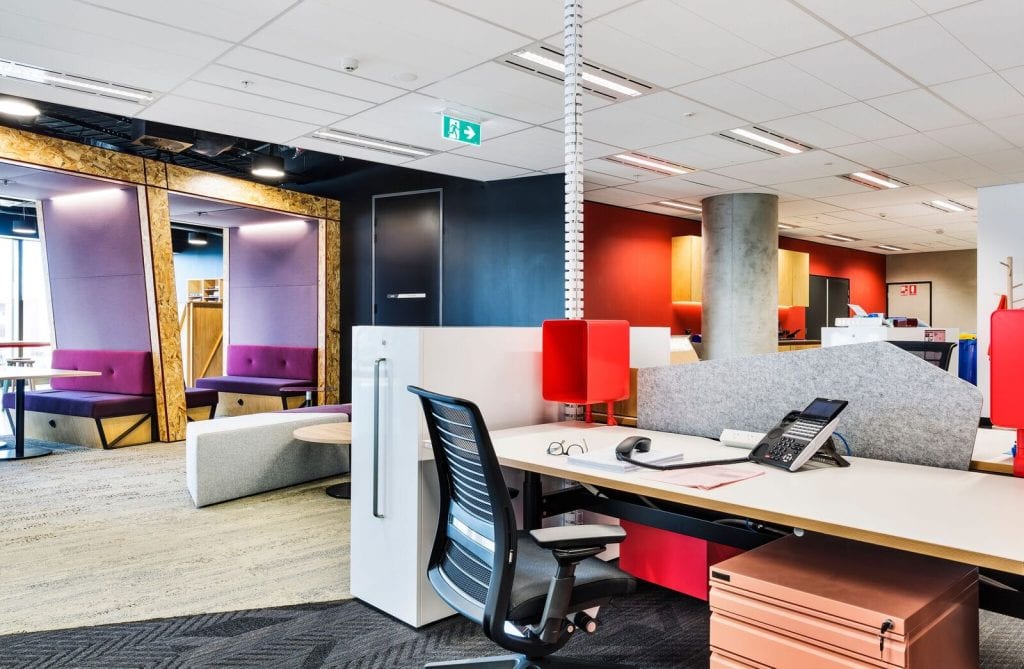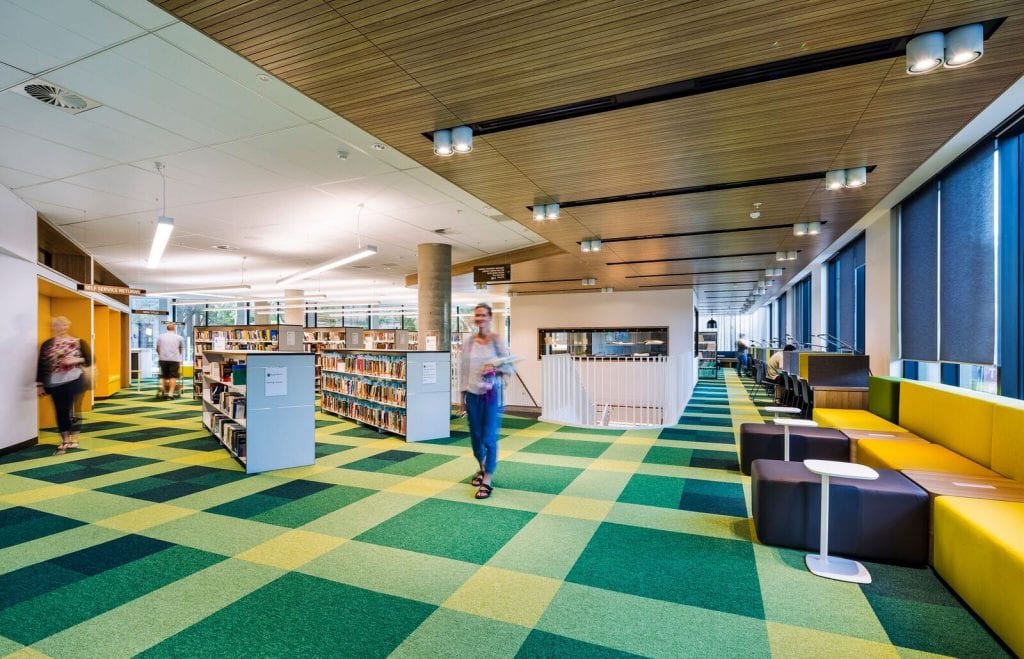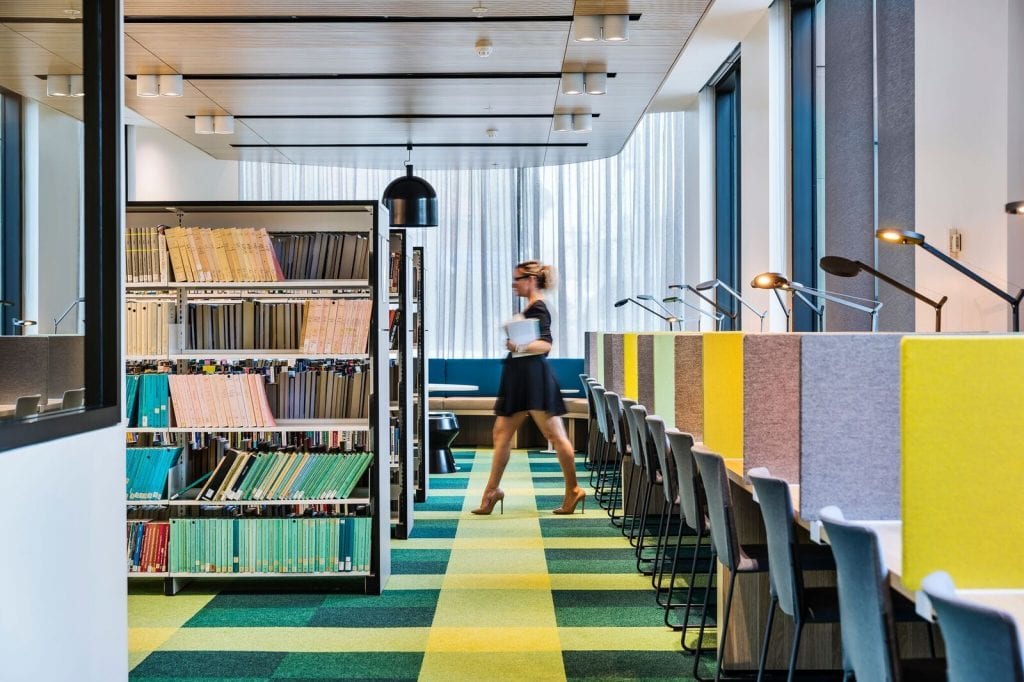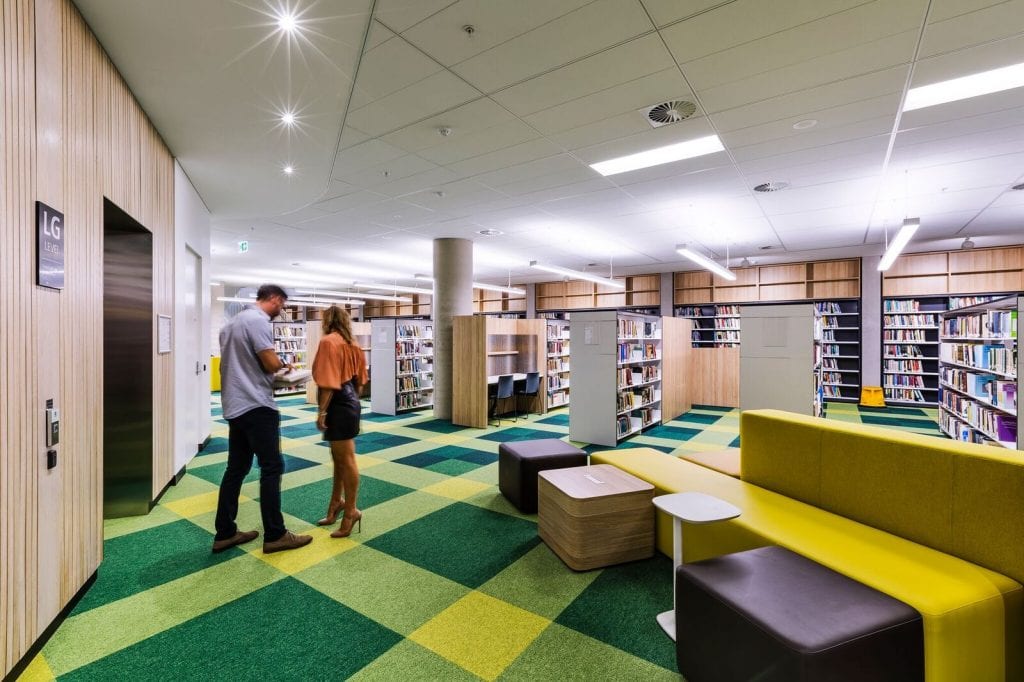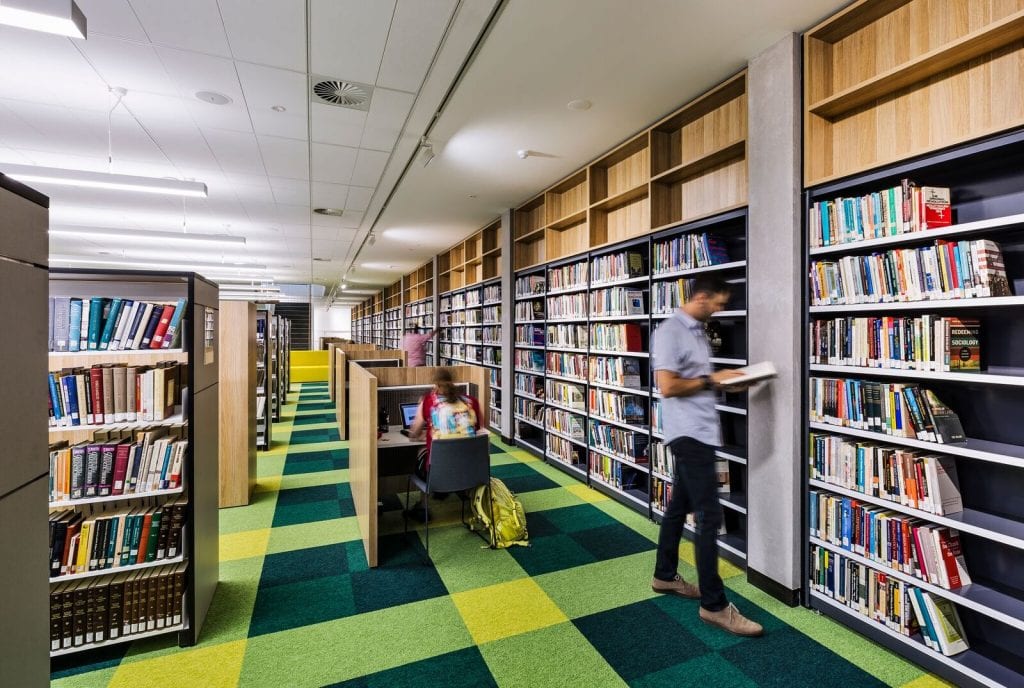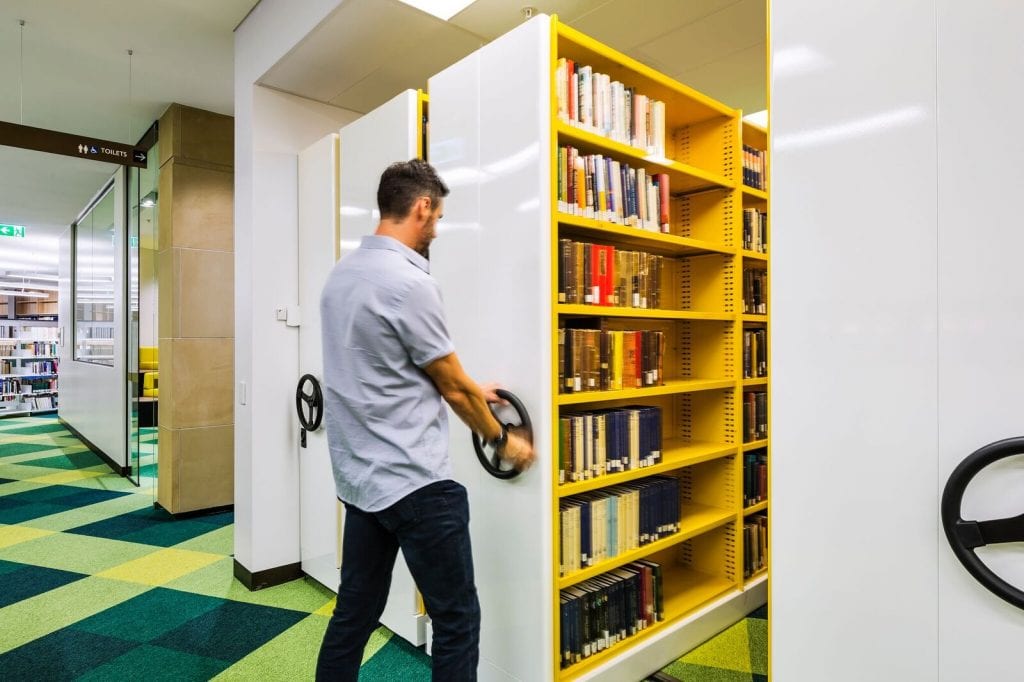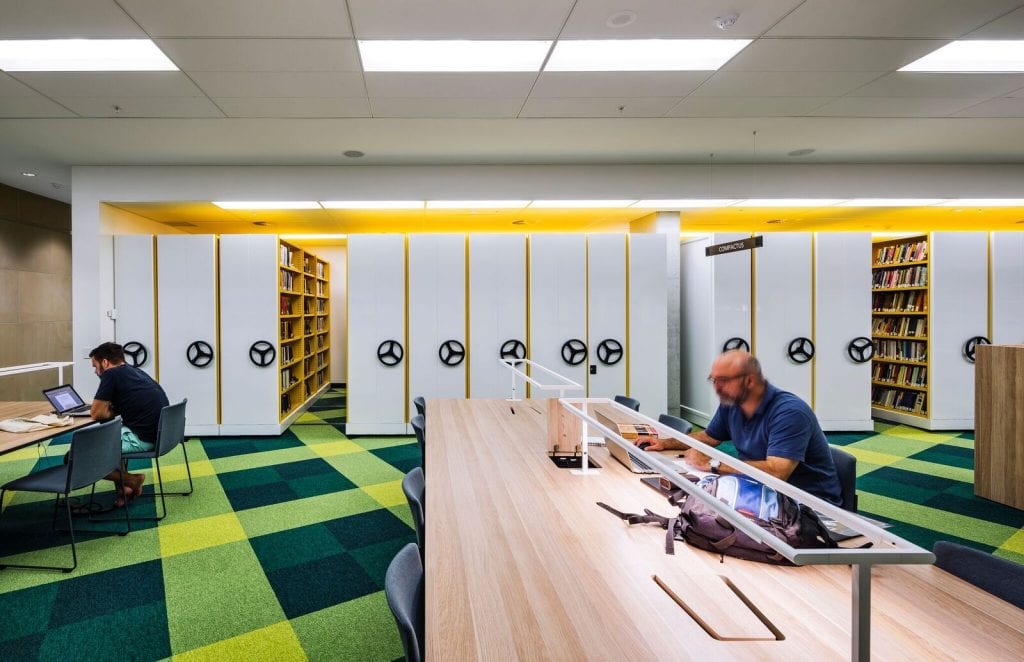Luxurious finishes coupled with bold contemporary design create a modern look for this Corporate End of Trip facility at 101 Miller Street.

Photos by Photo Republic
END OF TRIP
Sustainability was a key driver for the refurbishment of 101 Miller Street, North Sydney, a premium grade building co-owned by Mirvac Group and TIAA CREF. Since 2007 this existing building has undergone a considerable upgrade with a holistic approach to the refurbishment and reduction of greenhouse gas emissions. This iconic building represents an award-winning retro-green asset, now capable of functioning for years to come without excessive energy inputs or substantial demolition waste generation.
It is becoming standard practice to integrate End of Trip facilities into new and existing buildings. The benefits of having these amenities are two-fold, contributing sustainability credits towards a building’s GBCA Green Star rating and also a major draw card for attracting new tenants.


Wellbeing is now rapidly becoming a key focus for companies wishing to optimise their operations, and workspaces are now being designed with this is mind. Recent studies by the National Institute of Wellness Australia found that companies focusing on “wellness” in the workplace saw significant improvements in performance, with a 3.5 increase in creativity and innovation, and an employee retention rate increased 4.5 times over a 12-month period. It’s no surprise then that End of Trip facilities are in such high demand.
The design, management and construction of 101 Miller Street’s new End of Trip project was entrusted to enfold who delivered an outstanding contemporary facility for the end user.
Within the complex there is now storage for more than 170 bicycles conveniently located in the car park, with further refurbished bathrooms, showers and nearby staff lockers supplied by CSM Office Furniture Solutions who worked in collaboration with METRA Australia’s locking systems to address user concerns.
We spoke to Pamela Kamenitsas lead designer at enfold about their design vision for this project.

Enfold consistently advocates environmentally sustainable design for their clients. What were the key drivers and vision for this project?
The client was looking to create a premium facility that would attract larger companies and corporate tenants. A key driver was to align the style of the design with the existing aesthetics found in the rest of the building, so we worked to create a design that would match the finishes on other floors.
From a design perspective we wanted this EOT to feel more like a hotel spa experience in order to create a nicer experience for users on arrival. We aimed to create a light and fresh space whilst still keeping a feeling of warmth and we did this by using a natural colour palette. For the lockers in the changerooms we used one of the latest Polytec laminates which give a very realistic wood texture matt finish and is durable and long lasting for a high traffic usage area. We juxtaposed the darker timber tones with a light-coloured floor to tie into the limestone flooring found in the rest of the common areas upstairs. By adding the shoe racks beneath the lockers in white we lightened up the space as the lockers are elevated and appear to float.
We decided to replace traditional benches with a more comfortable ottoman seating, with rounded corners which are more user friendly. We also added subtle organic shapes to soften the interior such as the round mirrors in the ladies’ hair stations and added brass finishes for a luxury accent.


What innovations or technology were factored into the design in order to facilitate user ease?
The client was looking for the best solution possible; a system that would enable users to use only one swipe card to access all areas in the building and would integrate with their existing system. To have only one access card for all available building services from the car park, building entries, lifts and available for tenancies was a must.
Following investigation and visits to the various EOTF it became obvious that the simple convenience of using one building access card was not generally available.
We worked in collaboration with CSM to develop storage with integrated locking systems to address user concerns and facilitate ease of use. The Swipe card system we integrated is user friendly and has met with the client’s goals of reducing tenancy service cards from 3 to 1.

What special design elements and features were considered?
We wanted to add some elements to the EOT that would make the user experience more pleasurable. We found that many End of Trip facilities we visited had not allowed for heating and air-conditioning. As EOT’s are often located in the basement or parking of buildings these areas can be quite cold. We added air-conditioning to ensure the areas would be comfortable. In the men’s facility we also added shoe polishing areas and hair dryers and straighteners in both bathrooms to cater to user needs.

How did CSM s products and service align to your customisation requirements for this project?
We found that some locker companies will only work with limited laminate finishes, however CSM was very flexible with regard to the customisation requirements we had. CSM worked both within our aesthetic and functionality brief. We experienced a great service, as there was considerable coordination required with joiners and external providers. CSM was able to deliver the products on time and to our specifications.
” CSM and METRA Australia listened to what we believed to be achievable and provided a system capable of providing exactly what we wanted to achieve.”
Ray Marsh Mirvac
For more information on CSM projects and products contact us sales@csm-office.com.au

